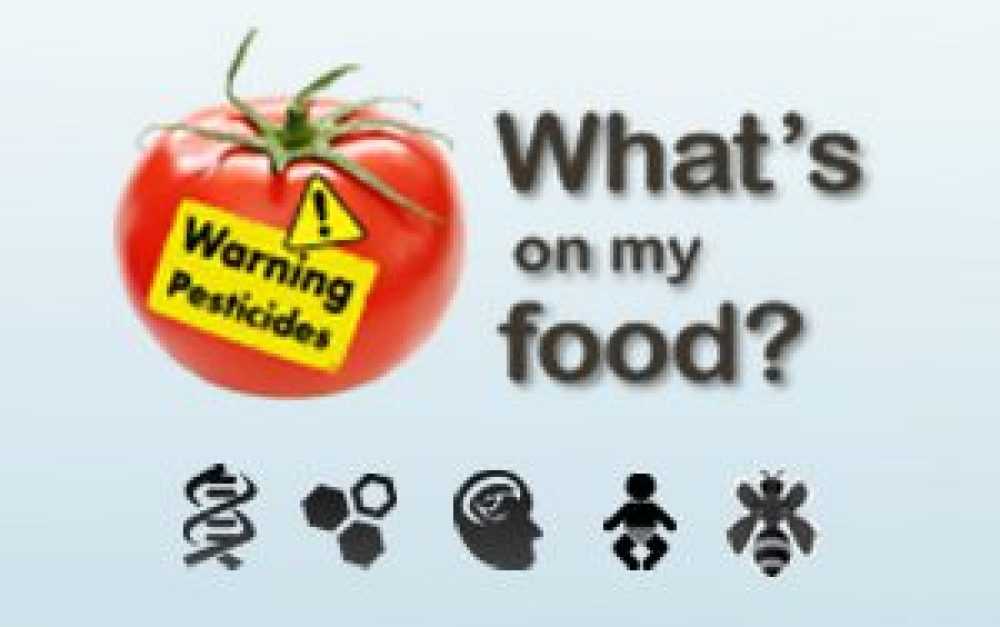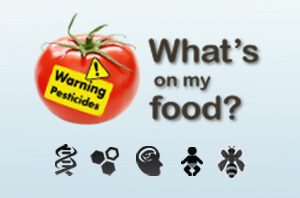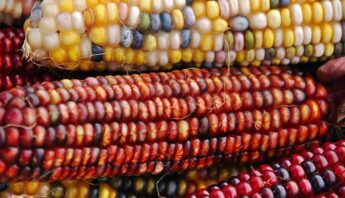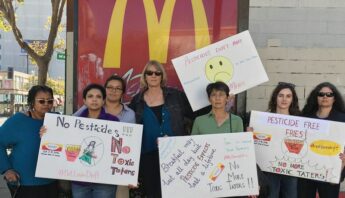As we reported in last month's update of What's On My Food?, USDA's 2010 pesticide residue data has been mysteriously delayed for five months.
As we suspected, it seems the produce industry isn't happy with the way USDA has been presenting its annual public summary of the data, and has been pressuring the Department to make changes. In a letter sent to Secretary of Agriculture Tom Vilsack last month, they charge that the annual report "has, in previous years, been mischaracterized repeatedly by environmental activists and news media to the extent that it has discouraged people from consuming fresh produce." Apparently "mischaracterized" is industry-speak for "brought to the attention of the public".
You see, for most of the last 20 years that USDA has been running the program, the annual reports have been quietly released, receiving little or no attention from the media or the public. And the raw data, while publicly available, is in a format that requires some serious computer database skills to make any sense of. Academics and agencies like the EPA used the data, but as far as the public was concerned, it might as well not exist.
Dangerous decodings?
But that's started to change thanks to "activists" like PAN and Environmental Working Group. First, EWG put out their "Shopper's Guide to Pesticides," which conveniently boiled the hundreds of thousands of data points down into two rankings: their "Dirty Dozen" list of most contaminated foods and the "Clean Fifteen" list of most pesticide-free foods.
About two years ago PAN took USDA data-decoding to the next level with our WhatsOnMyFood? website and iPhone app. This resource allows shoppers to see exactly what USDA is finding on their food and make informed choices. And as I discussed in a Thanksgiving blog last year, the findings can be unsettling, especially in light of new studies suggesting health harms at supposedly "safe" levels of pesticide exposure.
But the pesticide and food industries have always believed that ignorance is bliss, steadfastly opposing common sense measures that consumers are asking for like adding trans-fat content to nutrition labels, labeling GMOs as such, labeling items with country-of-origin, etc.
Meanwhile, from the beginning PAN has been committed to bringing science to the masses, establishing the first and most comprehensive online resource of pesticide information, putting air monitoring tools into the hands of those most effected by drift, and most recently launching WhatsOnMyFood? — which, by the way, was recently updated with information on bee toxicity and made available as a "widget."
Now we're hearing that the USDA says the report and data will be out imminently. Our sources tell us today or tomorrow. This is probably at least in part in response to a letter (PDF) sent by EWG and prominent health scientists to USDA head Tom Vilsack and the leaders of EPA and FDA urging that the data be released without delay. As soon as possible upon the data's release, PAN will update WhatsOnMyFood.org? to ensure that we can continue providing the best and most current information to consumers — information consumers want and have every right to have.







